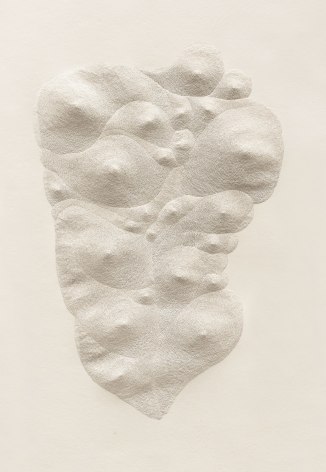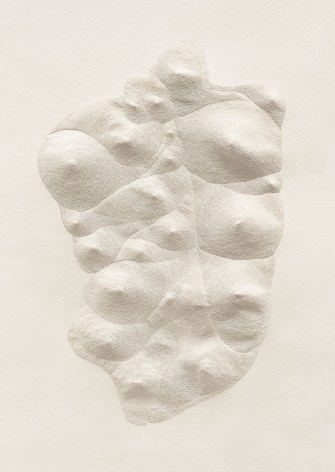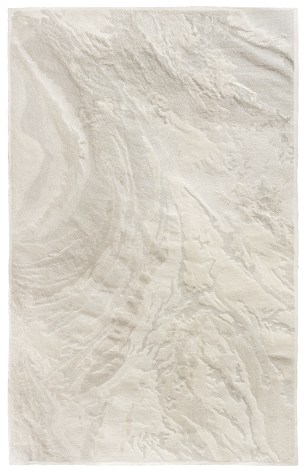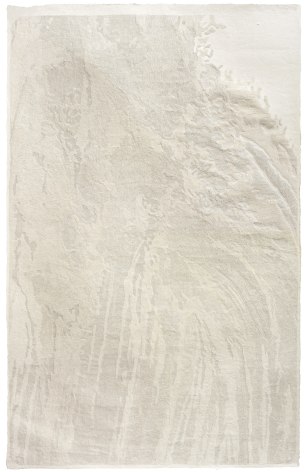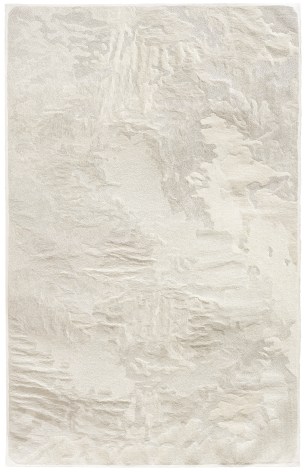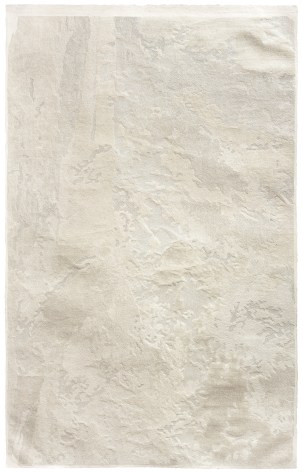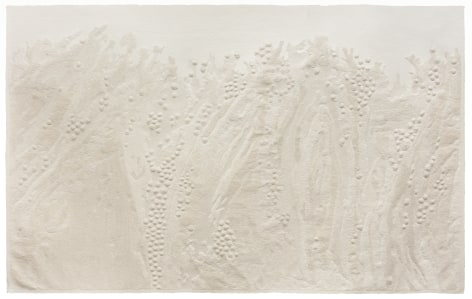Chambers Fine Art is pleased to announce the opening on October 24, 2020 of Fu Xiatong: NUN-2. This is the second iteration of her solo exhibition NUN at Chambers Fine Art in 2020, and will be held at the special exhibition site Dongjingyuan (formerly known as Zhizhu Temple) in Beijing. Born in Shanxi in 2016, Fu Xiaotong received her BA in Fine Arts from the Tianjin Academy of Fine Arts 2000. After working at the Institute of the Arts at North China University of Science and Technology in Tangshan City, Hebei Province, she received her MA in Fine Arts from the department of Experimental Art, China Central Academy of Fine Arts, Beijing in 2013.
Until now, much of the critical commentary on Fu Xiatong has concentrated on the use of Xuan paper as her primary medium and her relationship to classical tradition Chinese landscape painting. In particular, it is her development of a “language of the needle”, in which through feats of physical endurance and extreme concentration she perforates the surface of the paper many thousands of times until the chosen image emerges, that has been the most consistent feature of her work. Fu’s imagery in this ongoing body of work has become more abstract as time has passed, just as it has evolved in concept. No longer focused solely on the materiality of her work, Fu’s dense "pinholes" reflect the artist's perception of time and human behavior.
Another important aspect of her practice, seemingly at odds with the methodical execution of her paper works, is her attraction to bricolage, revealed in all its eccentricity in the 32 sculptural forms made from wire and a wide range found objects including bones, legs of tables or chairs, shoe - trees etc. included in the Nun as well as her earlier exhibition Limitless. With these, she stated that her “purpose is not to present a certain historical event but to integrate the ancient intellects, rites, beliefs, and other human experiences and echoes of memories in different time hierarchies into an eternal now.” Although there is no apparent connection between Fu Xiaotong’s pristine and meditative works on paper and imaginative world of her sculpture, they both emerge from her intuitive response to a wide range of cultural antecedents, religious, philosophical, and anthropological.
The current exhibition takes place in the former Zhizhu Temple, built in 1409 as the ‘Royal Scripture Printing Factory’ during the Ming Dynasty. Fu Xiaotong views the unique history of this temple as inextricably linked to human history, with its destruction and recent restoration mirroring China’s past. The setting adds historical weight to Fu’s process, and creates a fitting backdrop for the artist’s first foray into performance. As part of the opening, Fu Xiaotong, will present The River of Life, a performance piece in collaboration with artist Jia Chucheng and sound artist Ms. Zheng Yuanxuan. Based upon the myth of the Graeae Sisters from ancient Greek mythology, the performance invokes the use and evolution of ancient beliefs and rituals, interpreted through modern dance and sound. According to the artist, the performance “allows energy to shuttle through the long river of history and the present, and then embodies the conflicts and contradictions of modern people in the historical evolution and contemporary predicaments”.
Like the previous exhibition at Chambers Fine Art, NUN-2 is divided thematically into three sections inspired by the socio-political analysis of the German - American philosopher Leo Strauss, Shadows, Collapse and Disorientation. In an ongoing and unpublished statement Fu Xiaotong has given a free-wheeling account of her sources of inspiration that underly the selection of works in the exhibition. One of the primary inspirations is Leo Strauss’s theory of the “Second Cave’’, a reference to Plato’s famous “Allegory of the Cave.” “In Strauss’s approach,” she wrote, “he used the cave as a metaphor for the way in which human perception emanates from “opinion” (obtained in the first cave) to “prejudice” (second cave, i.e. religion), and then ultimately attains “knowledge” (sunlight).” Corresponding to these three parts, Fu presents a collection of sculpture, paintings and pinpricks on paper. The sculpture represents the oldest life chaos and pre-belief period; the paintings show the formation and division of human cosmology and beliefs; and the pinpricks on paper reflect the flow and process of forming knowledge.
Taken together, the three sections of Fu Xiatong’s exhibition may be described as the artist’s questioning of the universe, or her interpretation of the long history of mankind. The collection of artworks and in particular the performance piece is meant to show not only humankind's imagination, but also the transmission and transformation of their energy and evolution from ancient to modern times.

